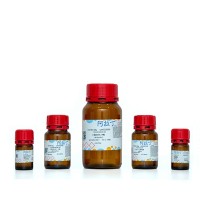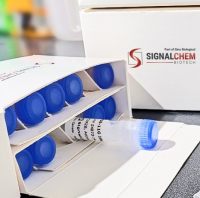Design and Testing of Zinc Finger Nucleases for Use in Mammalian Cells
互联网
互联网
相关产品推荐

Testing kit for sperm biopsy (hypoosmotic dilatation method)(S0055)-10ml
¥180

消泡剂 SE-15,aqueous emulsion for bacterial and mammalian systems,阿拉丁
¥199.90

Zinc Alpha 2 Glycoprotein/AZGP1重组蛋白|Recombinant Human Alpha-2-glycoprotein / AZGP1 Protein (His Tag)
¥2310

Furin human,重组, ≥95%(SDS-PAGE), expressed in HEK 293 cells,阿拉丁
¥5110.90

UBE2Z/USE1重组蛋白|UBE2Z (USE1) Protein
¥1280
相关问答

